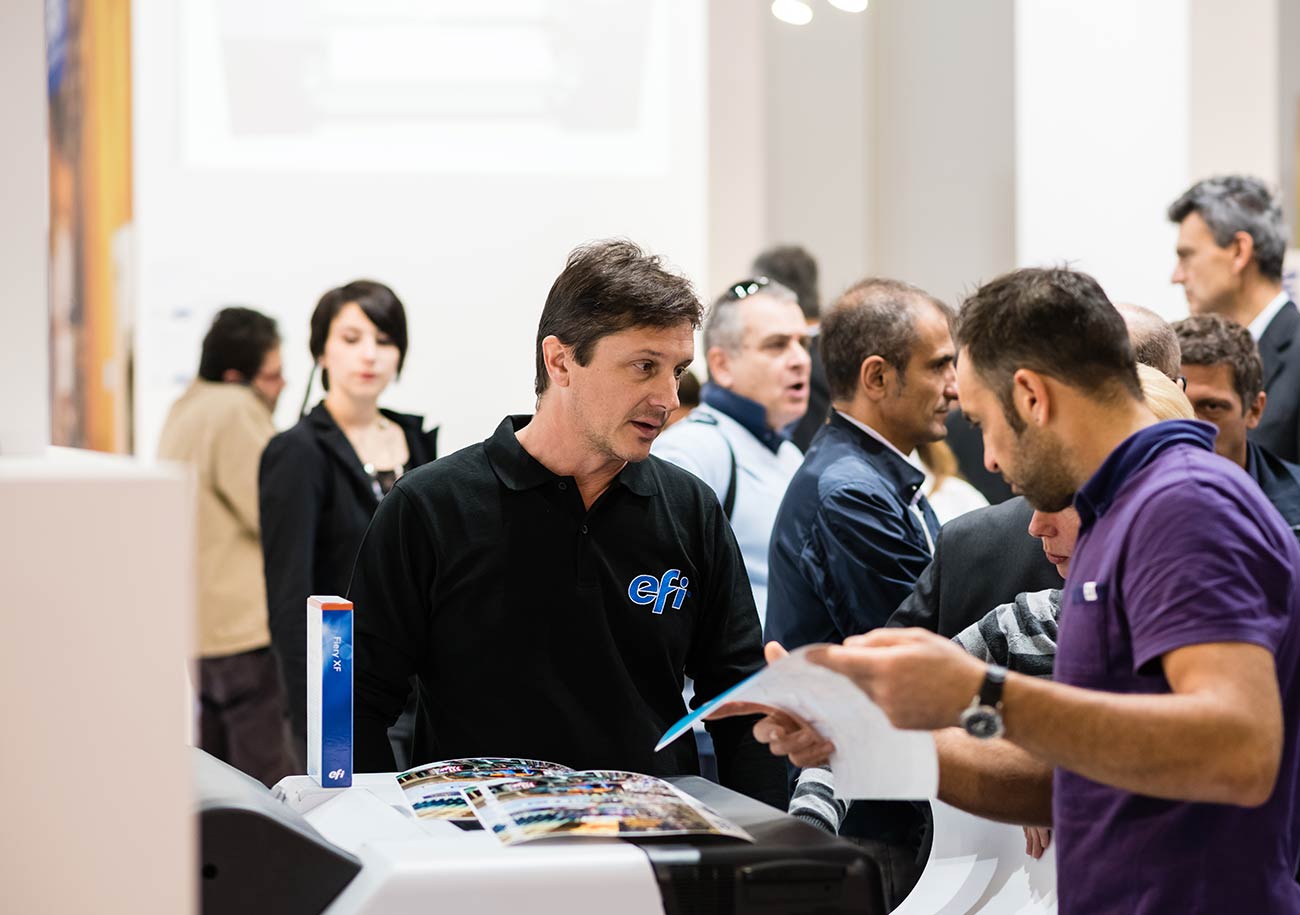How to Run a Branding Project in 6 steps?
A robust branding consists of both aesthetic features of brand elements, and of the emotional appeal that stands behind them. It is the brand that customers associate with the credibility and quality of your product or service.
Branding features include name, logo, symbol, slogan, design, or any other characteristics that distinguish it from other products sold on the market. Any product can be easily copied, but the brand is unique. Working on valid and strong brand identity, the design team has to go deeper into business goals, conduct market, competitor, and user research.
The branding process consists of six essential steps.
Step 1:
Design brief
The foundation of every branding project is the definition of a product’s goal and brand personality. The company has to set its values and priorities so that the team working on branding could see which way to go. Goals can be changed or readjusted later, but some basic directives need to be provided.
For this purpose, the design brief document is created. The design brief document usually contains the following information: the company profile, branding/rebranding goals and objectives, target audience, basic design requirements, initial budget, and schedule. The design brief document is developed by the designer (or design team) together with the client. They outline the deliverables, the project scope, timing, budget, and other project-related limitations. This communication process helps to develop trust and understanding between the client and the design team.
Step 2:
Market and user research
After the goals are set, and the product’s personality seems clear — it is time for market and user research. This step is essential for every branding project, as it helps to deep dive into the environment of the future brand and understand what may influence its success. At this step, your team has to conduct market research, to dig out the information about the existing and potential competitors.
Next, your team has to research the target audience. A brand needs to make a good impression on its potential buyers or users. It is crucial to figure out what are the peculiarities, preferences, and interests of the leading target group. Research findings may affect the whole branding concept significantly and move it in the right direction.
Step 3:
Logo design
Logo design is the third step of the branding process. As a symbol of the brand, the logo creates the foundation of an effective marketing strategy, ensuring the connection with the target audience. Have you ever thought about how quickly you associate a brand with a logo, and what is the impact that it creates on brand perception?
Logo creation is a process that consists of several stages. The first stage is to conduct marketing research to avoid similarities with other company logos and make the original brand entity. Next, the creative research needs to be done in the search for ideas and inspiration. After all the necessary information has been gathered, it is time to get creative. There are many ways to get your creative juices flowing, so do whatever you feel helps you the best to choose the right style direction and color palette.
The last stage of logo design development is testing it in various environments and contexts. Not everything that looks good on a screen will look the same in print. That is why it is crucial to test the logo in all possible situations and placements to make sure there won’t be any unpleasant surprises. Keep in mind that the logo creation process is worth time investment, as it will pay you back when the brand recognition rises.
Step 4:
Visual elements
Logo, of course, is the primary focus of brand representation, but other elements deserve attention as well, for example, mascots and typography. A mascot is an image, usually personified, which represents the brand, product, or service. In many cases, a mascot is the fundamental element of communication and interaction between the user and the product.
Another visual element, responsible for brand identity, is typography. Via the right typography brand representation can remain effective on banners, business cards, or correspondence. Designers sometimes create custom fonts or a combination of fonts that suit the company’s brand image the best.
Step 5:
Corporate style
Corporate style can be a good idea when a designer creates branding for a larger company that deals with a lot of communication channels.
Corporate style includes, but not limited to:
. Business cards
. Correspondence
. Billboards and banners.
. Outdoor advertisements and web banners
. Vehicle branding
. T-shirts, hats, hoodies
These items aim to raise brand awareness. Therefore the corporate identity design should be creative and unique while staying within limits of the corporate image and general common sense. Yes, it is usually quite a challenge, but nobody said it will be easy.
Step 6:
Style guide
When the branding process is almost complete, the last task for the design team is to make sure that clients will use all the visual assets correctly. For this purpose, a particular document is created. A style guide (or brand guide) provides instructions about correct and incorrect ways to use the graphics created for the brand. It includes the explanation of the idea behind the proposed logo and the presentation of a corporate color palette, which can be used for different purposes. Ideally, the examples of the wrong usage should be demonstrated as well, to avoid poor visual performance of the brand and strengthen its visual identity.



